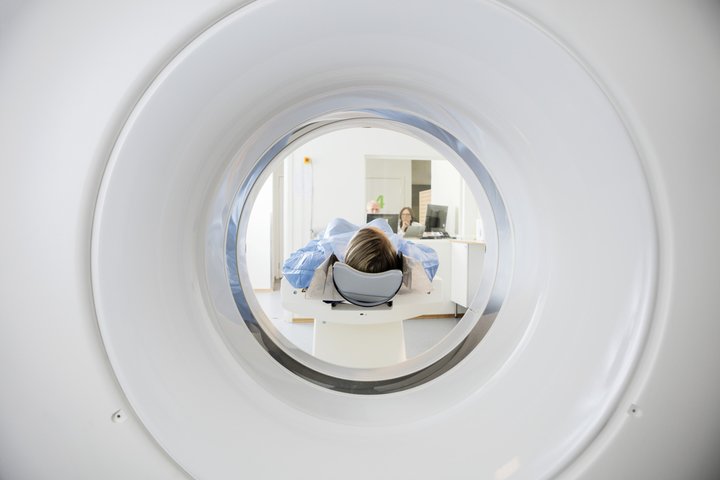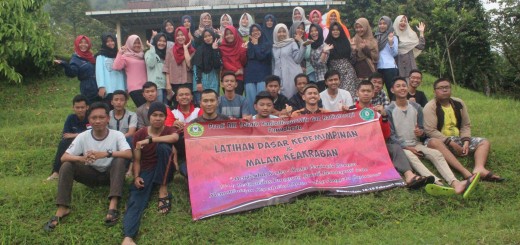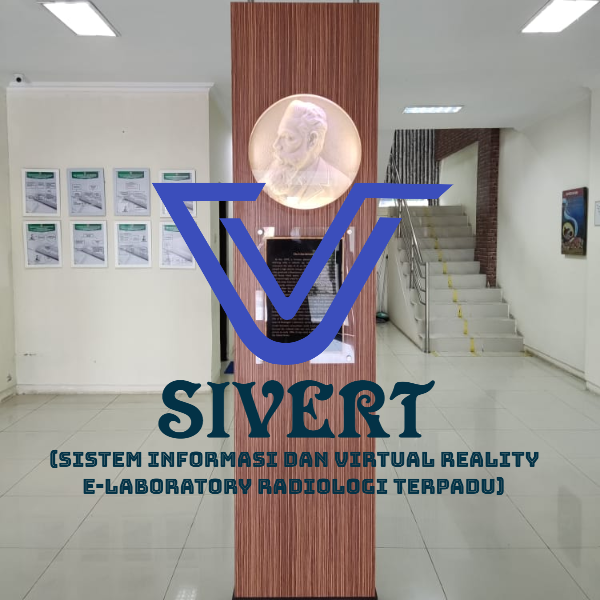Technologists drive quality in medical imaging
CORY MICHAEL, MD | PHYSICIAN | OCTOBER 21, 2018
As a radiologist, I interpret thousands of imaging studies every year. Of the millions of medical images that have crossed my screen, they all have one thing in common. They were all acquired by a technologist in the radiology department.
Imaging technologists perform a vital role in medicine. All have specialized training that is unique and critical to patient care. Truth be told, many of them have a greater knowledge base and skill set regarding the technical components of image acquisition in their specific parts of the radiology department than I and many of my physician colleagues do.
Consider one of the most common diagnoses I encounter, appendicitis. When I was a child, it would have been diagnosed primarily by physical exam. The CT scanner markedly improved our diagnostic capability, but children are more sensitive to the radiation associated with such scans. Not only can a highly-trained CT technologist with the appropriate equipment reduce the radiation to the child while still providing a diagnostic image, but a skilled sonographer can avoid the costs and radiation associated with CT altogether by finding the appendix with ultrasound.
Ultrasound is the most operator-dependent modality in the radiology department. While the understanding that many patients have of ultrasound is limited to obstetrics, ultrasound evaluation plays a much greater role in the assessment of acute illness, blood vessel evaluation, and high-resolution imaging of abnormalities just below the skin than many realize. Performing an ultrasound is much more complicated than merely setting a probe on the patient and pushing a button. The sound waves have to be uniquely calibrated to each and every patient. This can only be done with precise technical coordination, knowledge of anatomy, and extensive practice. It can also be physically demanding, as sonographers must often take their imaging equipment to the patient. I should disclose that my regard for ultrasound technologists is a bit biased by my personal relationship with one. I must also admit that it was her passion for the profession, attention to detail, and concern for patient well-being that made me fall in love with her.
Medical procedures that radiologists perform can be uncomfortable and anxiety-provoking. It is the technologist who sets up the sterile environment, distracts the patient with conversation, guides the radiologist with an imaging tool, and provides essential reassurance to the patient. In this way, the technologist can have an enormous role in patient satisfaction and safety.
As Medical Ultrasound Awareness Month comes to a close and National Radiologic Technology Week approaches, I encourage patients, physicians, and nurses to take time to thank our technologists for their contributions. More importantly, please listen to them and respect their expert ability to suggest the correct exam for the clinical question asked. High-quality health care is only achievable if we work together as a team, and our technologists in the radiology department have only the best interests of patients in mind. To my technologist co-workers, I thank you on behalf of my fellow radiologists. We can’t do our job until you do yours, and it is a fantastic job that you do.
Cory Michael is a radiologist.
Image credit: Shutterstock.com
Sumber: https://www.auntminnie.com/













